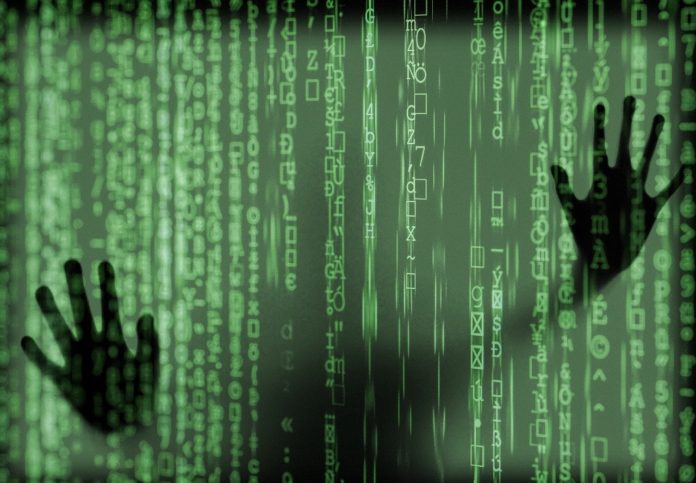Digital Rights Management (DRM) technology is not only useful in protecting and controlling the use of electronic data but can also be an adaptable enterprise solution that can be the answer to preventing data breaches.
Take, for instance, something as fun and simple as the Mario Bros games. Unfortunately, this globally popular game franchise is highly susceptible to data theft. This is why Nintendo — the game system giant — protected its soon-to-be-launched proprietary Mario Bros images, in a range of unreleased titles, with a Digital Rights Management solution. The company had recently launched an intranet site, but realised the dangers of sharing those images even within the system and applied protection policies to prevent damage.
What many do not realise is that in the long run, intellectual property (IP) theft can cost much more than they would have imagined. Not many give it a thought, especially if IP is involved in a start-up or a new idea that has yet to take shape. And until the damage is done, one does not realise how much has been lost.
In the case of Nintendo, even though the unreleased titles were an internal release, the company realised that the cost of losing its proprietary images would be high even if someone within the system unintentionally forwarded or printed the unreleased copies. In some cases, images and files that are shared internally can skip surveillance; hence, ensuring its protection through a Digital Rights Management solution was deemed ideal for Nintendo.
Every company today must consider protecting its documents and files in storage and during transmission. As more and more content demands to be shared outside and within a system, including use by employees, vendors, clients, customers and partners through various online applications, it calls for stringent security to travel along with the data. And not just shared documents, but critical data such as merger and acquisition information, private medical records, employee information and sensitive data can only be adequately protected by DRM technology that offers a high level of granular and flexible control.
Besides safeguarding internal and external flow, Digital Rights Management could become the futuristic technology to drive increased sales of electronic content, ranging from e-books, online published materials, music, videos, and more. Since it meets rigorous data protection regulations such as the Health Insurance Portability and Accountability Act (HIPAA), health care organisations now have recourse in DRM technologies to protect their data.
There are a wide variety of DRM products to fit every requirement. They can be used to control the functional use of documents by the workforce or partners as decided by the creator. But the most significant feature of DRM is its ability to prevent data theft from taking place. It can prevent content from being duplicated through screen grabs, forwarding to unintended parties or physical printing. A few sophisticated DRM applications can put protected documents entirely out of a user’s reach, depending on the controls assigned by the owner. It can also revoke emails or files as predetermined by the content creator.
Today, the need to control the distribution of electronic media is grave, and it can only be achieved through DRM technology. Through it, businesses can go home and sleep well, knowing that their protected data is secured and information is safe from prying eyes. This is why some security experts describe DRM as the Holy Grail for securing content that no other technology can match. Given its various new paradigms to retain and capture value, DRM goes places where there were no means to do so before.
Looking at the benefits and robust security features that it offers, an increasing number of companies are deploying DRM across their enterprises. While some companies already had numerous layers of information security in place, what they lacked was the ability of dynamically altering content access and security levels while on the move. This is made possible through DRM. Additionally, individual files can also have individual policies with DRM. From limiting what permitted users can do with PDF files and budget documents, DRM can further protect static and dynamic data made for the web. In spite of its industry-strength encryption, it lends flexibility on who can view a protective document and how it can be used.
With highly sensitive data at risk of getting into the wrong hands and the horrifying impact it could have, it can be tough to quantify what the result could mean in currency. In the near future, companies that have experienced DRM technology would look forward to it being embedded in their infrastructure applications for increased security and greater flexibility. This is because, currently, DRM is a protective wrapper, and hence, integration is the next logical step that must be considered by DRM makers.






















